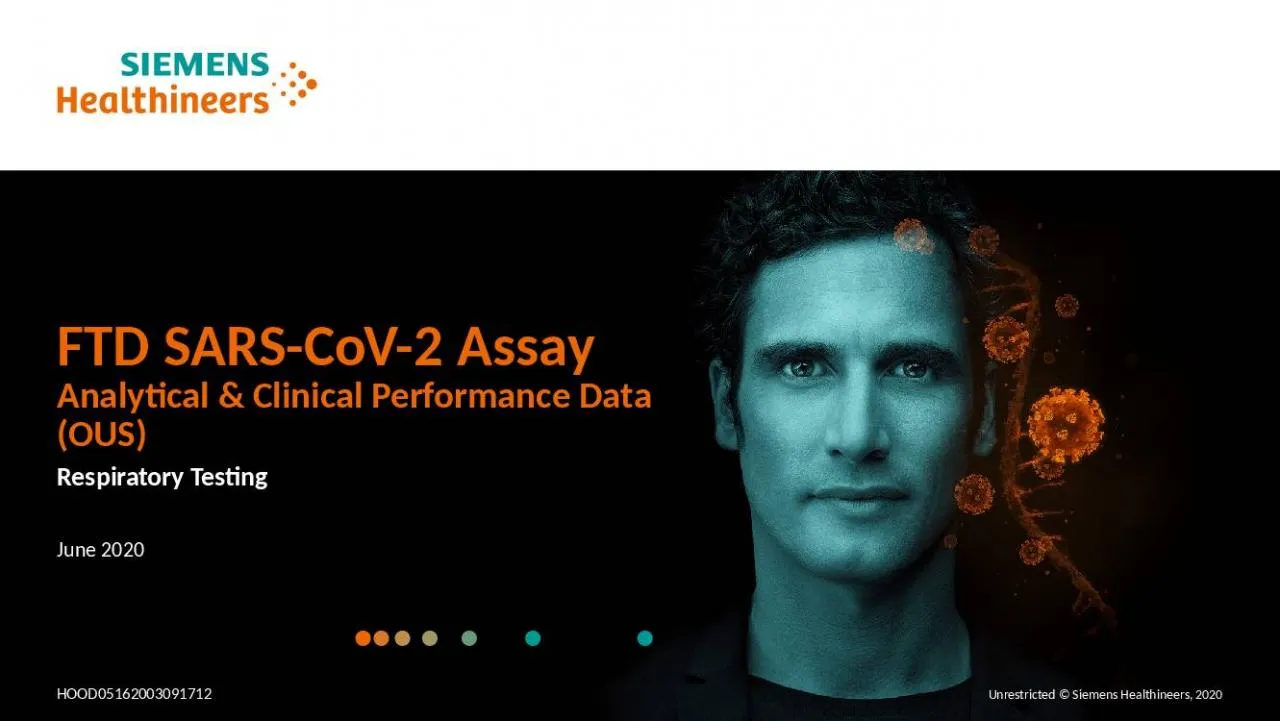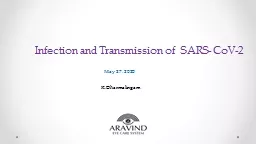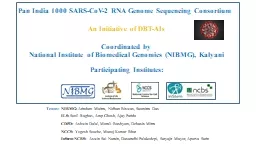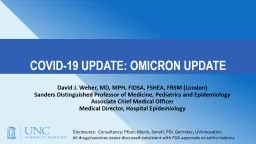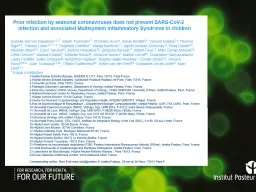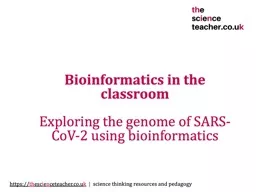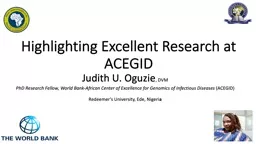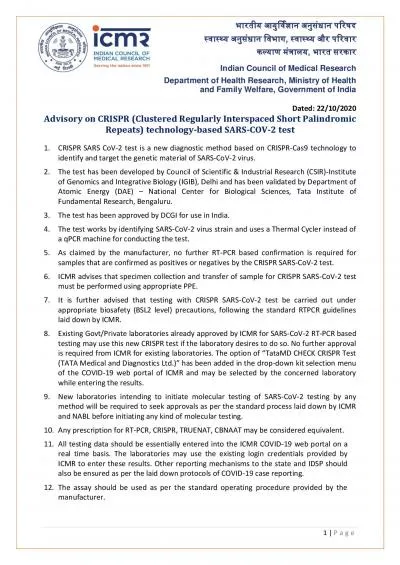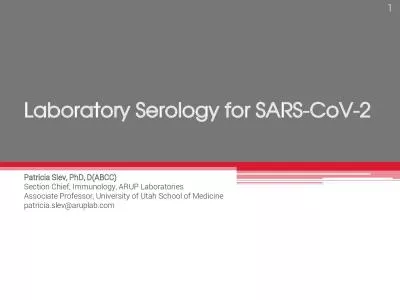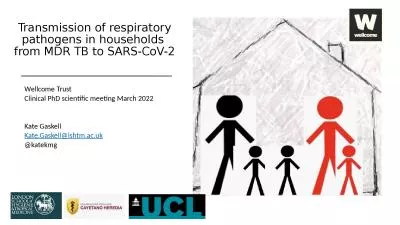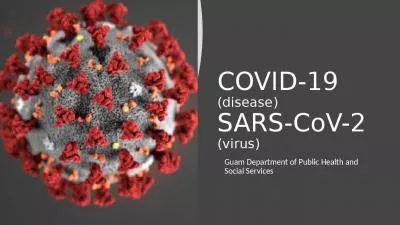PPT-Respiratory Testing FTD SARS-CoV-2 Assay
Author : susan2 | Published Date : 2022-02-24
Analytical amp Clinical Performance Data OUS June 2020 HOOD05162003091712 FTD SARSCoV2 Assay Instructions for Use CEIVD labelled for diagnostic use in the EU The
Presentation Embed Code
Download Presentation
Download Presentation The PPT/PDF document "Respiratory Testing FTD SARS-CoV-2 Assay" is the property of its rightful owner. Permission is granted to download and print the materials on this website for personal, non-commercial use only, and to display it on your personal computer provided you do not modify the materials and that you retain all copyright notices contained in the materials. By downloading content from our website, you accept the terms of this agreement.
Respiratory Testing FTD SARS-CoV-2 Assay: Transcript
Download Rules Of Document
"Respiratory Testing FTD SARS-CoV-2 Assay"The content belongs to its owner. You may download and print it for personal use, without modification, and keep all copyright notices. By downloading, you agree to these terms.
Related Documents

